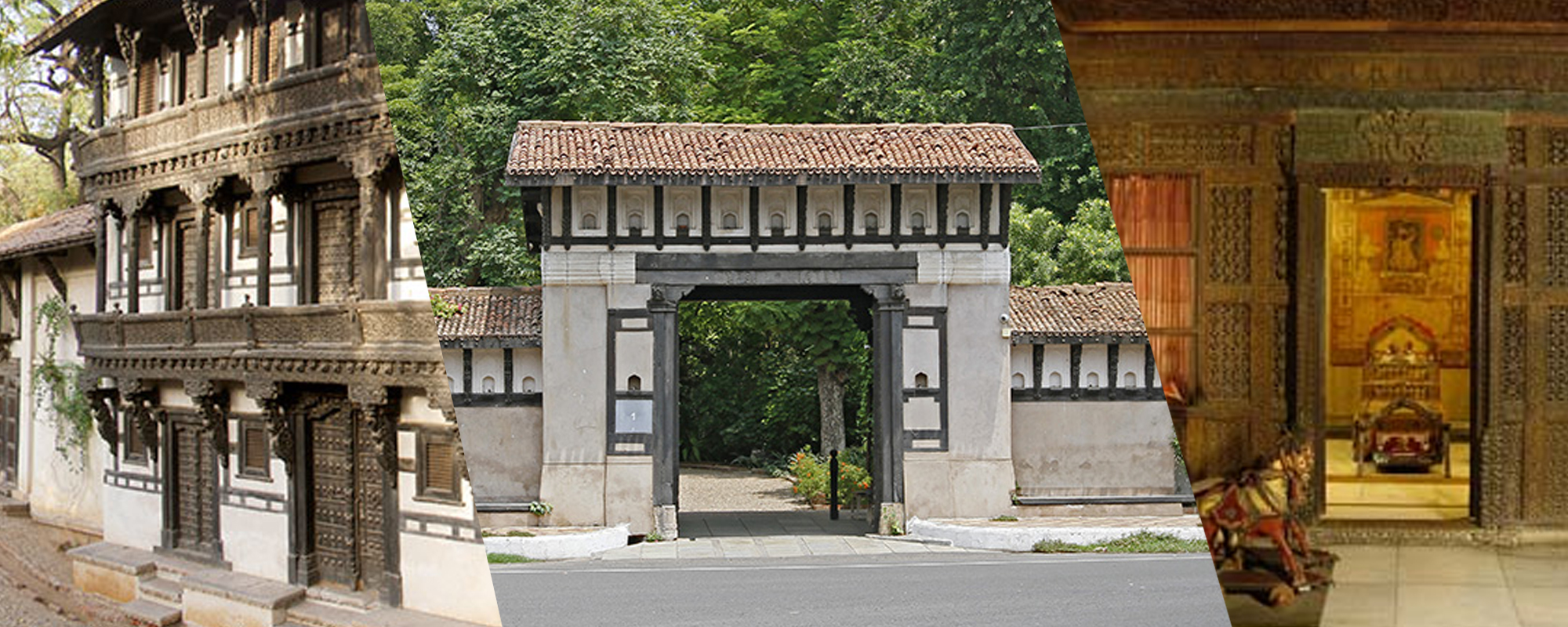
Explore the palatial 19th-century grandeur located in the street of Kolkata, West Bengal, the Marble Palace is one of the must-visit sights and a very well-preserved ancient edifice. Known for its marvelous architecture, the Marble Palace houses numerous pieces of valuable possessions and ancient style of decorative items that are truly spell binding.

Timing: 10 am to 4 pm (Monday/Holiday closed)
Location: 46, Opp. Ram Mandir, Muktaram Babu Street, Jorasanko, Kolkata, West Bengal
Entry Fees: Free
A marble grandeur standing poised in the otherwise silent Muktaram Babu Street in North Kolkata, the Marble Palace is a 19th-century edifice and is one of the best-preserved and most alluring residences in Kolkata. Constructed by the wealthy Bengali merchant Raja Rajendra Mullick in 1835, the palace is still an abode to his descendants and is renowned for its magnificent neoclassical architecture made of 126 types of marbles, and artwork, floors, marble walls, and sculptures.
Upon visiting the Marble Palace, visitors can witness the five halls the palace has, namely – the Painting Room, Reception Hall, Thakur Dallan (place of worship which is only accessible to the family), Sculpture Room, and the Billiards Room. The neoclassical architecture of the building comprises open courtyards, Corinthian pillars, stunning verandahs with sloping roofs, and fretwork alike. A vast sprawled garden with a rock garden at one end, lawns, a small zoo, and a lake are also found inside the palace. The paintings that adorn the walls of the Marble Palace are no less than gems themselves and the numerous western-era sculptures, paintings crafted by Indian and European artists, along with several Victorian furniture grace the halls of the palace. Decorative objects such as classic mirrors, urns, royal busts, clocks, massive chandeliers, and floor-to-ceiling mirrors enhance the beauty of the majestic edifice.
The intricate carvings on the marble flooring, walls, and pillars have the similarity to the Mausoleum of Halicarnassus, which is one of the Seven Wonders of the World. Other objects which decorate the palace and give it an ethereal look comprises Victorian-era furniture, chandeliers, and sculptures on the corridors, Belgian glassware housing game trophies, and 76 rare pieces of art purchased in 1830 from Italy and Belgium along with full-length Belgian glass mirrors on the walls to give an illusion of more space. The music and dance lovers would be delighted to see the luxurious marble inlay floor with statues of Wellington and Napoleon in the music room while the candle chandeliers and silver glass disco balls from the 19th century still embellish the ballroom. The Marble Palace does not require any entry fees but permission is still needed to witness this 19th-century grandeur and to behold its extravagant beauty forever.
Copyright 2012-2022 Indiamap Digital Pvt Ltd. All rights reserved. Privacy Policy | Terms of Use